Bird spotting
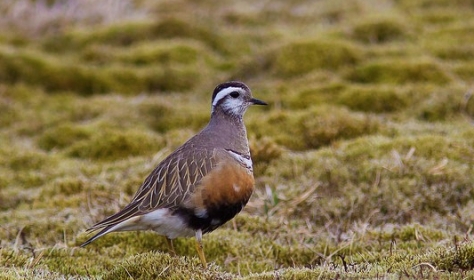
Eurasian dotterel (Charadrius morinellus) Photo: Natural England/Allan Drewitt
Ragwort – not on my land?
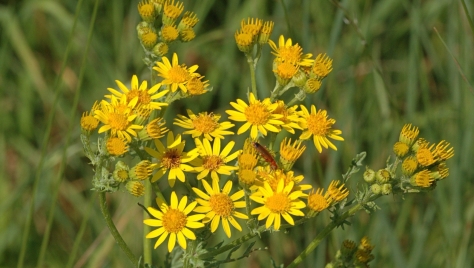
Unnecessary overreaction to ragwort causes ecological damage by encouraging agricultural intensification and unnecessary destruction of other ecological resources.
An FoE briefing also suggests we act on facts [not myths] and grasp the nettle, not the ragwort. It explains how blaming ragwort for various ills is a distraction and waste of public money.
https://www.foe.co.uk/blog/ragwort-poisonous-ragwort-mythbuster
CPRE Herts Rural Living Awards
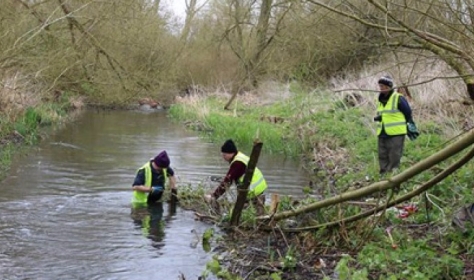
The awards celebrate efforts made by groups, individuals or businesses to improve life in their community and enhance the environment in Hertfordshire’s villages and countryside. Anyone interested in the future of rural living in Hertfordshire can make a nomination or be nominated.
Closing date: Friday 26 May
CPRE Hertfordshire, 31a Church Street, Welwyn, Herts AL6 9LW Email: office@cpreherts.org.uk Tel: 01438 717587
Sandon Bio Survey
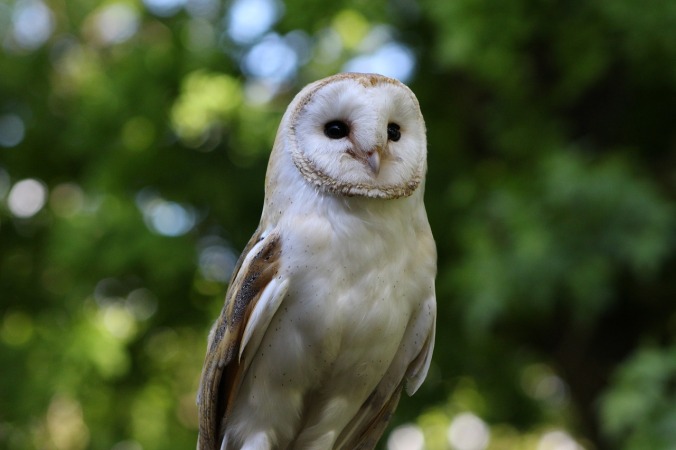
On Saturday 3 September 2016 Sandon Conservation Group/HERC launched the bio survey outside Sandon village hall (Herts SG9). A meteorological challenge on the day but a minor soggy glitch that did not drive away our most important customers – the wildlife on our doorstep.
This project asked Sandon residents to record local wildlife over a fortnight in September 2016 using a form drawn up by the Herts Environmental Records Centre. The animals named for identifying were indicator species, informing the centre scientists, to a certain degree, about the state of the environment and health of habitats.
This survey was a project with few scientific pretensions beyond what HERC could make of the findings. Controls, limiting the survey to a particular day or hour, expert guidance on the ground, ID checks, grid surveillance methods – all missing!
But the value is this: we gained a snapshot of home, a very localised area with its wildlife. The survey can provide a focus, a talking point and maybe the basis for environmental action, for all who are interested. (And HERC wants your recordings.)
For authoritative records on species in Hertfordshire consult:
http://www.hercinfo.org.uk/
http://groups.arguk.org/harg
http://www.hnhs.org/
http://www.hertswildlifetrust.org.uk/
http://mammal-atlas.hnhs.org/
Survey summary
Birds
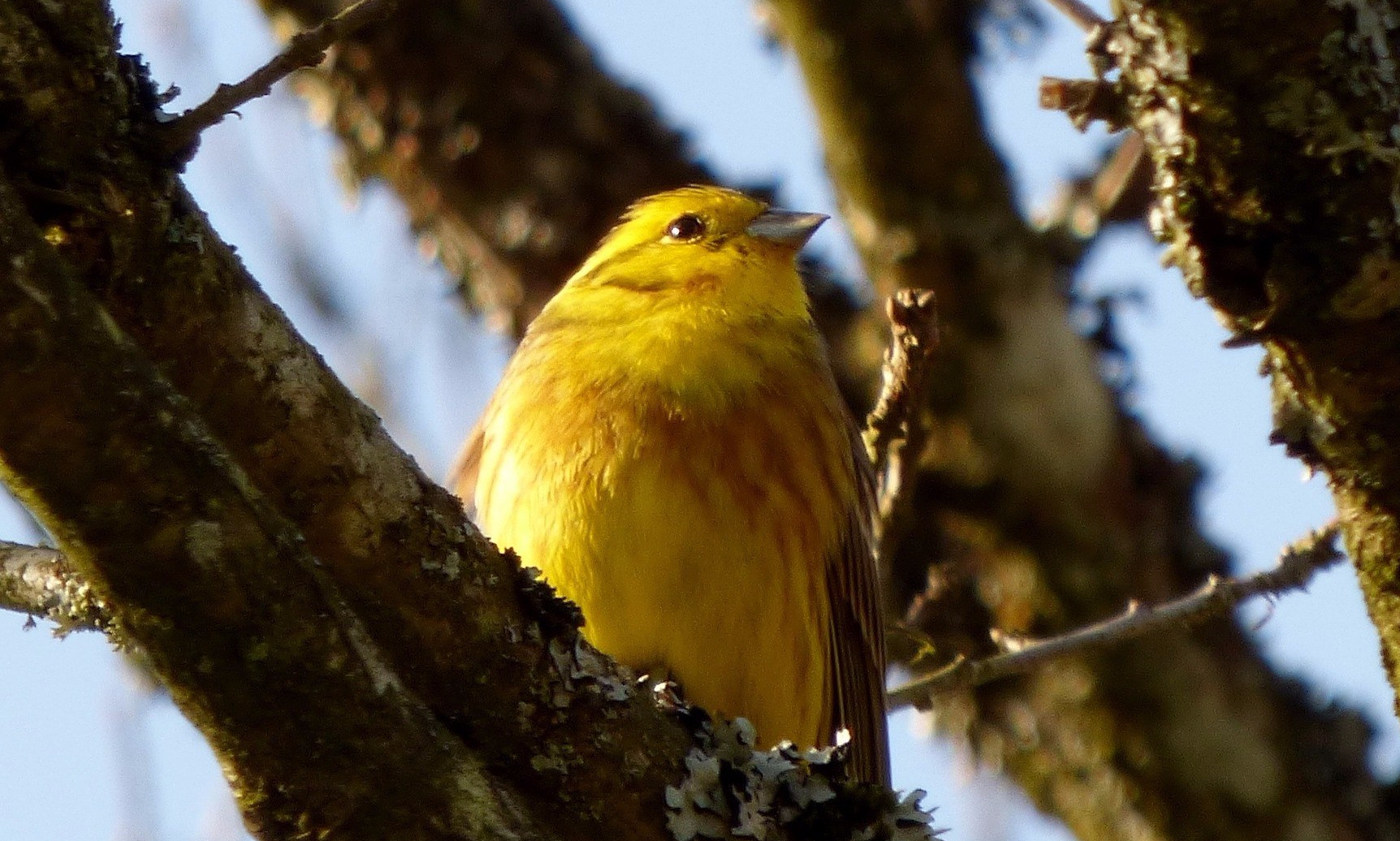
All species HERC listed were recorded in Sandon this September. The birds seen ranged from the most common here – blackbirds, wood pigeons, blue tits – to our “speciality”, red kites, buzzards, woodpeckers and kestrels.
There were sightings of once common species these days declining in number or distribution – house sparrows and starlings. And several people added to the list, recording barn owls and little owls. Migrants, still here early autumn, included swallows and house martins.
Both the mistle and song thrushes got entries, as did the wren and treecreeper. A Roe Green household triumphed with the sparrow-sized and hard to identify chiffchaff.
Five people recorded seeing a sparrowhawk, and three saw a yellow hammer (Emberiza citrinella). Yellowhammer numbers have dropped a lot in recent decades, a decline attributed to agricultural and land management practices, like hedgerow damage and removal, and use of pesticides. The bird is classified in the UK as a Red List species under the Birds of Conservation Concern review, and as a priority species in the Biodiversity Action Plan of the UK.
Besides the oddity of a wandering grey heron (perhaps seeking out a second home), the recordings included that of a fledgling turtle dove. If correctly identified that is a find: the Breeding Bird Survey report highlights a 93% decline in its population since 1994 and it is also a Red-List species in the UK.
Mammals
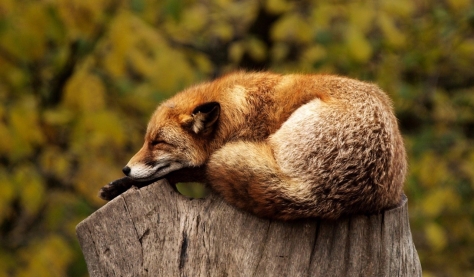
All the mammal species listed in the survey were seen in or very near Sandon. So on our doorstep we have badgers, bats, shrews, bank voles, grey squirrels, moles, rabbits, foxes, hedgehogs, wood mice, brown rats, stoats, and the house mouse.
Bat species, when identified, were listed as pipistrelles, and some people reported their flights around gardens. Badgers were sometimes acknowledged through just their setts; they are difficult to see, of course, unless spotted trotting along a road late at night or popping up in the woods as you lie in wait for them.
The survey results compiler reports seeing a weasel on a couple of occasions – one darting across the road near Roe Green, and another peering out of a roadside bank. These were months apart.
We have sightings of moles. In one report this referred to dead moles presented by the cat to the kitchen table; three were retrieved in quick succession, in dry weather, so poisoning by people is the probable explanation.
Respondents also listed other mammals not on the survey – these were hares and deer, including roe, fallow, and muntjac. The latter, an evolutionary curiosity thought to have been around up to 35 million years ago, was introduced to Britain in the 19th century. Given the biological heritage, this small barking creature, whose fossil bones have been unearthed in later Miocene deposits on the continent, might – like our reintroduced fallow deer – be a bit of an old-timer here after all. Britain, say geologists, lost its land link to Europe only about 8,000 years ago when England’s southern marshes transformed into the Channel following a tsunami.
Butterflies
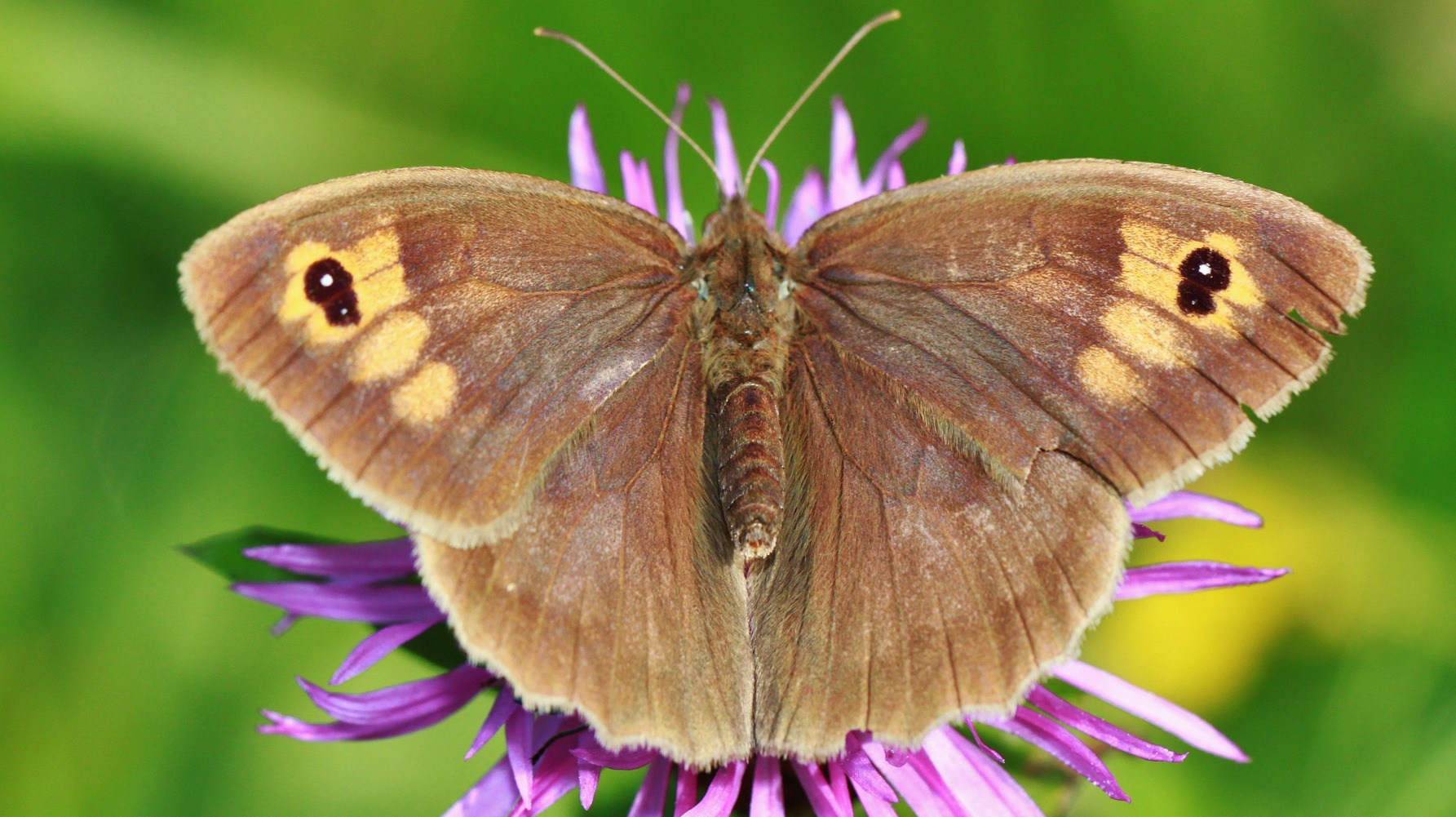
Of the survey butterflies listed only the ringlet and small copper were not seen. Again, we bear in mind that chance encounters with all the rest don’t rule out those two just happening not to hove into view.
So ticked off was: the comma, large white, meadow brown, orange-tip, painted lady, peacock, red admiral, small tortoiseshell, small white, green-veined white, common blue, gatekeeper, silver-washed fritillary.
There were additional sightings of speckled woods, and grizzled skippers.
Dragonflies
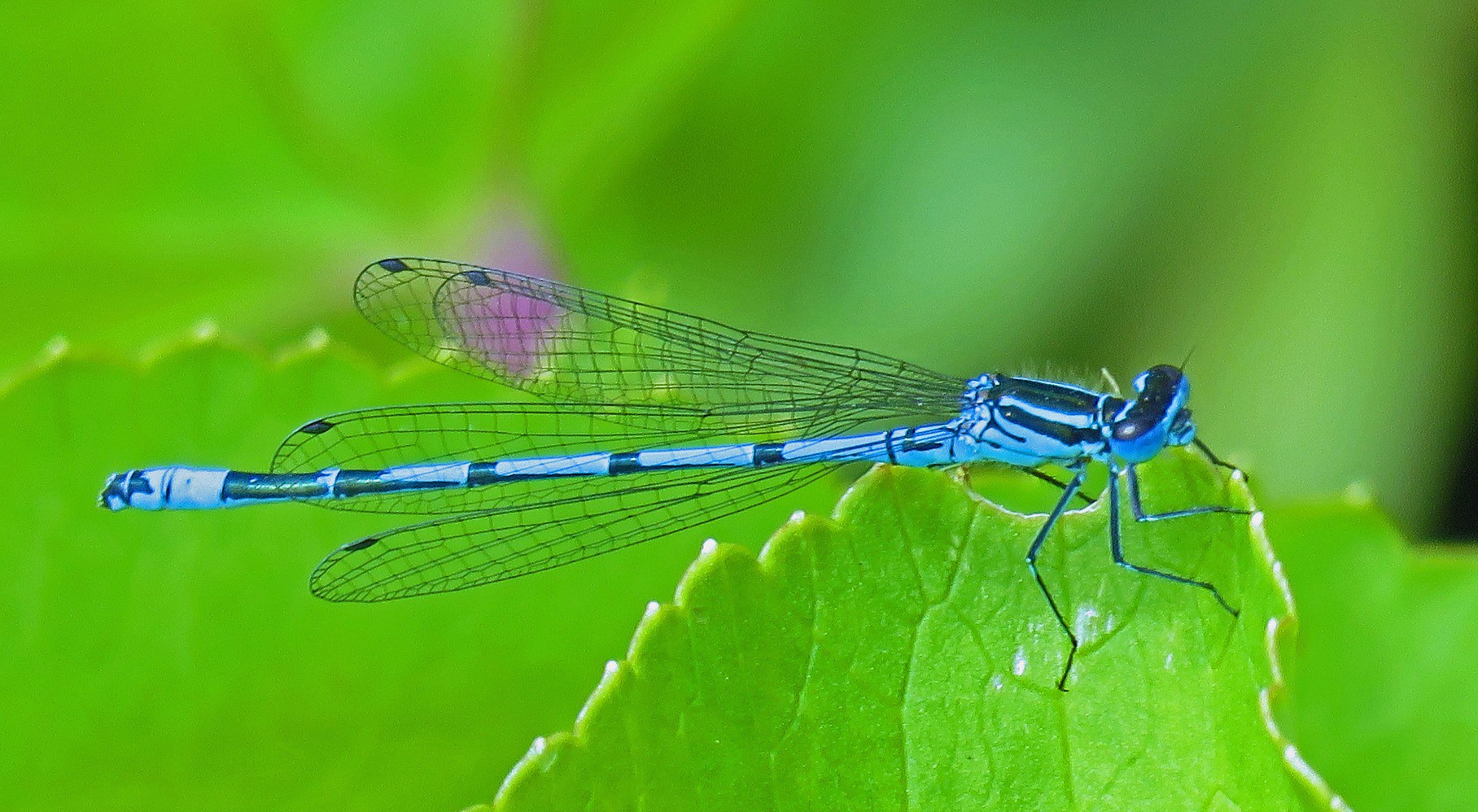
Of the eight in the survey, residents “returned” one: the common blue damselfly. Two other people saw a dragonfly but could not identify it. Also, this survey’s results compiler saw a brown hawker (not on the list).
Moths
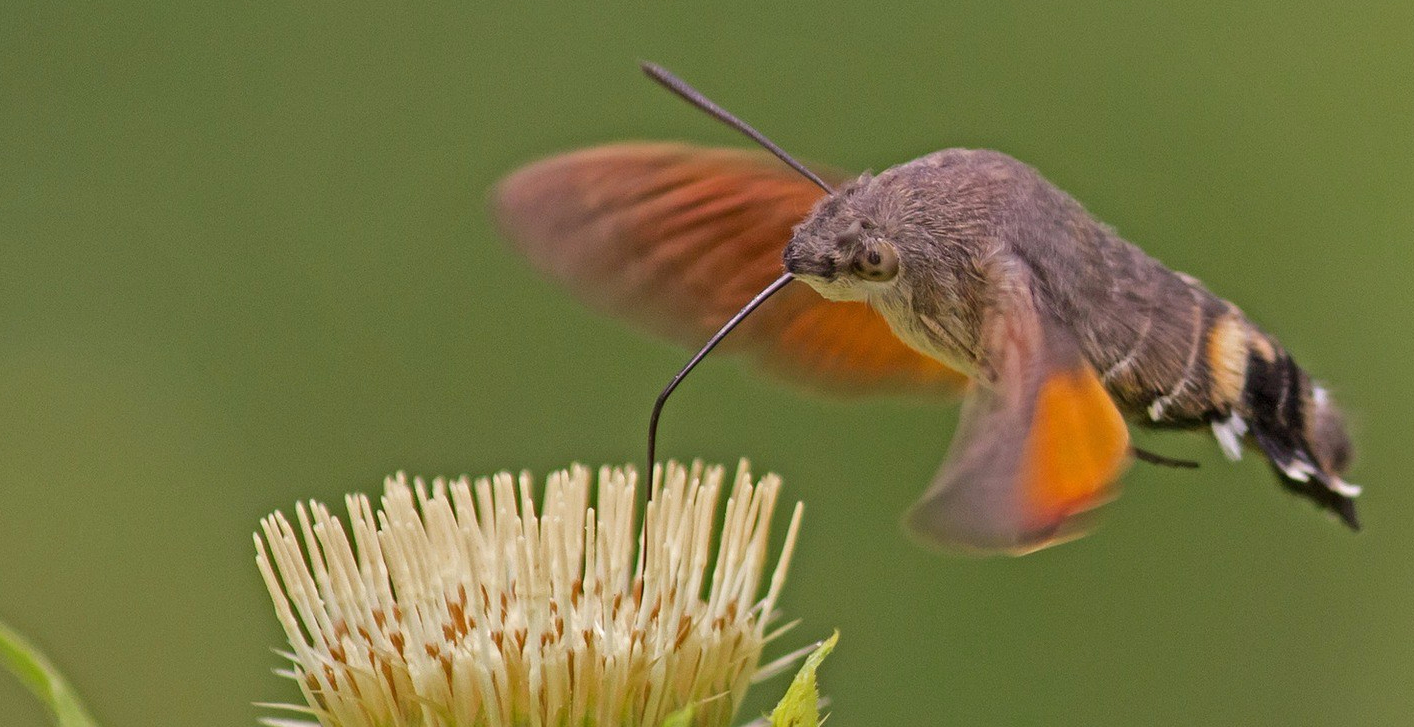
Five respondents ticked off the hummingbird hawk moth – Macroglossum stellatarum – the only indicator species listed in the survey. Another biological masterpiece, this nifty moth is a great example of convergent evolution sporting feather-like hairs and hovering in front of flowers just like the hummingbird. It has intriguing eyes, too, set not for nocturnal or crepuscular forays, but for bright daylight.
Reptiles
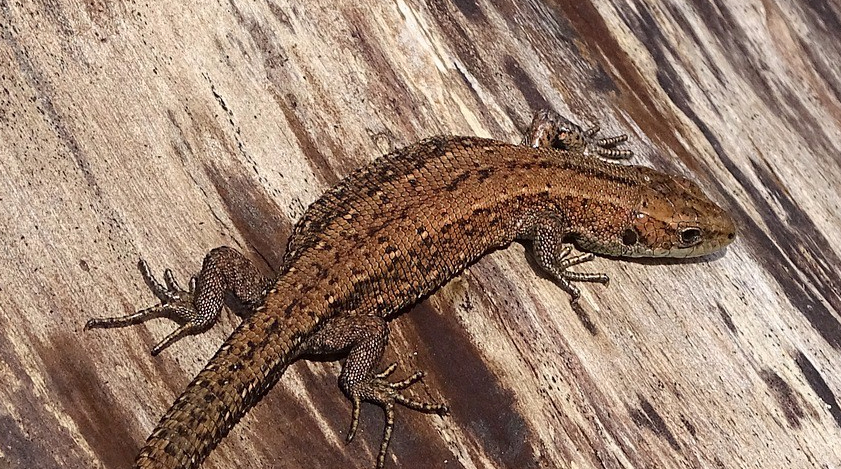
In the reptile corner, with a pair of possible creatures – just one sighting, and that was of a common lizard. A survey done in May might have produced more sightings – and perhaps, further afield, Royston heath is providing the best habitat for the declining Zootoca vivipara. (http://roystonwildlife.blogspot.co.uk/2016/05/local-wildlife-sightings-may-2016.html)
Bees and wasps
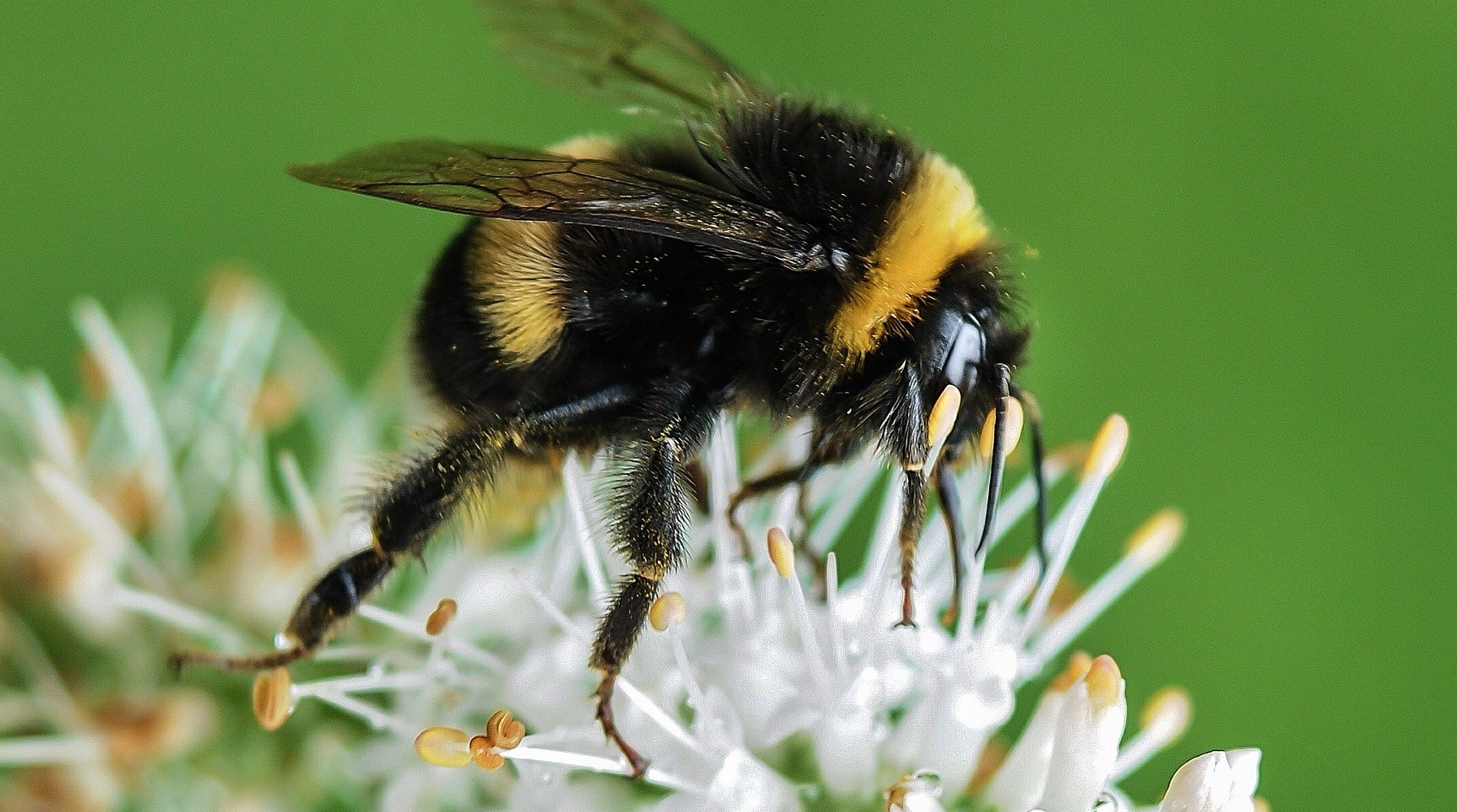
Common wasps and honeybees and bumblebees had several entries in the Sandon bio survey. The buff-tailed bumblebee was also spotted, once. That left the white-tailed bumblebee unremarked.
Ladybirds
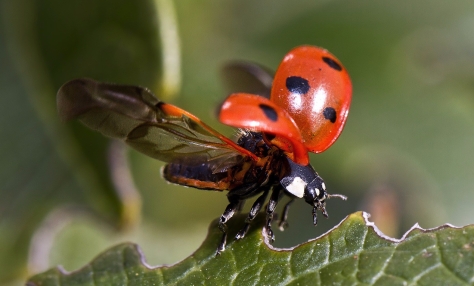
The survey listed seven possibilities and those ticked off included the 7-spot, 2-spot and cream spot. Quite a hard task determining who’s who in the ladybird world. Proving elusive were the 14-spot, Adonis, and even the harlequin. There are thought to be 46 ladybird species in the UK. But, as the Harlequin Ladybird Survey says, the harlequin can take on many a different guise, sometimes resembling the native ladybirds – though the former seem to excel in blotch-loading, wearing more than 20 spots in some cases.
http://www.harlequin-survey.org/downloads/Ladybird%20descriptions_Info%20pack_NEW_v.5.pdf
Amphibians
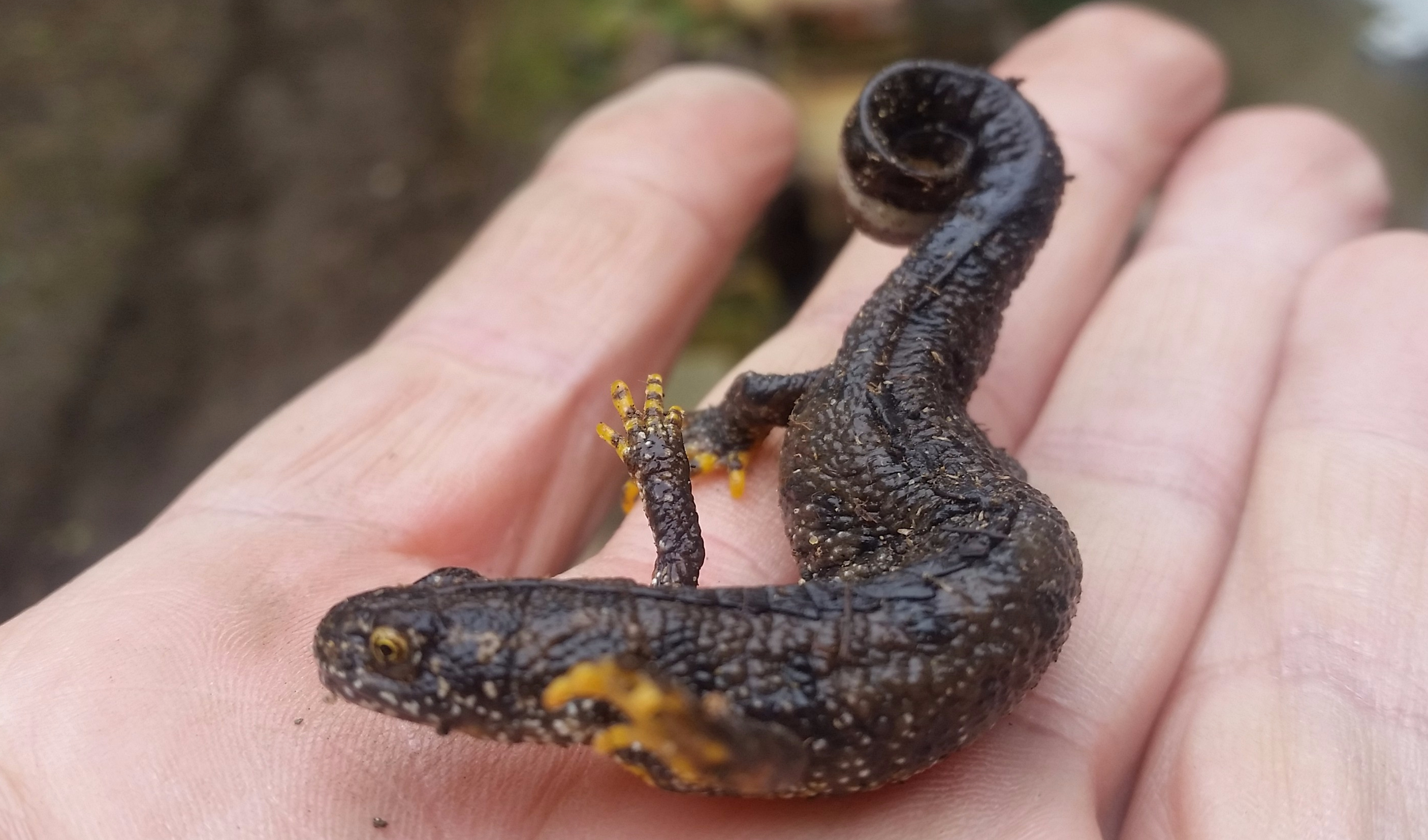
Four animals listed in the survey, and all four were spotted. The common frog and common toad were seen in local gardens, and a smooth newt in one of the more well-vegetated gardens offering a diversity of micro-habitats.
And great crested newts were discovered on Roe Green – a species classified as endangered under European law and wholly protected, including against damage to, or destruction of, their breeding or resting places, and against obstruction to the access to their resting or sheltering places (either deliberately or by not taking enough care). The government warns against impacts on the newts arising from – among other things – removing dense vegetation, excavating ground, destroying water bodies. The species is now the most threatened species of newt, globally, in the west of Europe.
But – the EU habitats directive, which, besides UK law, protects these amphibians, could now be repealed to aid builders and their profits.
Natural England reckons the “new approach” is an improvement. It says that as part of the project, great crested newt habitat [will be] enhanced or created prior to any development taking place, saving developers time and money, and making newt populations “more healthy and resilient”.
Find out more, by starting here:
https://www.gov.uk/government/news/national-roll-out-of-new-approach-to-great-crested-newt-licensing
Organisations
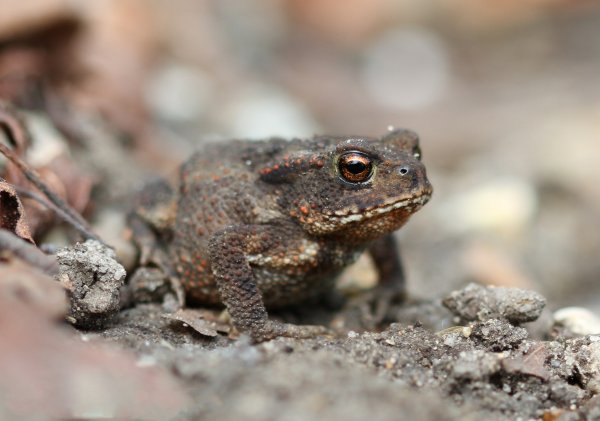
ARG Hertfordshire Amphibian and Reptile Group
A group set up to involve the public in the conservation and recording of reptiles and amphibians
http://groups.arguk.org/harg/?tab=getprofilebookblogtab
Badger Group, Herts & Middlesex
A voluntary organisation dedicated to all aspects of badgers in Hertfordshire and Middlesex
Badger Trust (Facebook)
http://hmbadgergroup.org.uk/badger-watching/
http://www.tewinorchard.co.uk/badgers.html
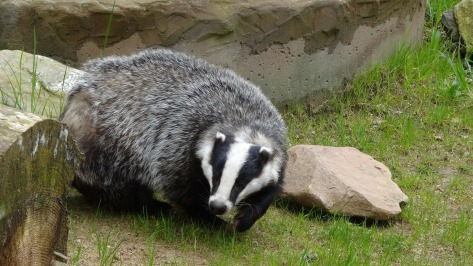
Bat Group, Hertfordshire & Middlesex
Working to further bat conservation. Provides advice and information for the public
http://hmbg.org.uk/
Bird Club, Herts
Promotes study and recording of birds in the county and encourages interest in natural history including conservation of wildlife habitats. It has been studying and documenting Hertfordshire’s bird life for more than 130 years
http://www.hnhs.org/birds/
Blagrove Common, Sandon – Herts Wildife Trust
http://www.hertswildlifetrust.org.uk/reserves/blagrove-common
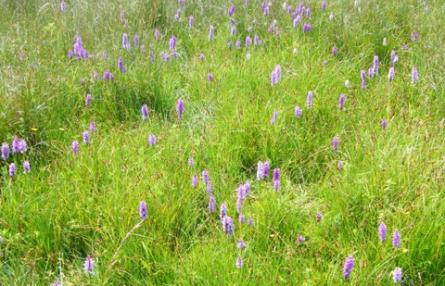
Butterfly Conservation, Herts & Middlesex branch
http://www.hertsmiddx-butterflies.org.uk/links-new.php
Conservation Volunteers, Hertfordshire
A roving conservation group working with local conservation and friends’ groups offering expertise to projects. Includes Chiltern Society Planning Group
http://www.chilternsociety.org.uk/cons-herts.php#
County Recorders -Hertfordshire, species experts
http://www.hnhs.org/contact-us/hertfordshire-county-recorders
Environmental Records Centre, Herts
http://www.hercinfo.org.uk
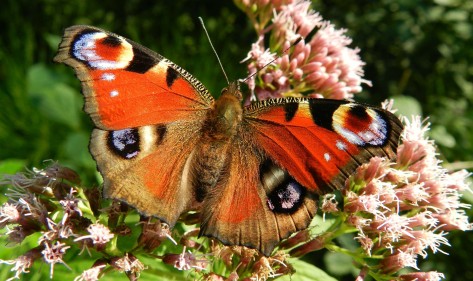
Flora Group, Herts – part of HNHS
http://flora.hnhs.org
Friends of Baldock Greenspaces
Contact: Phil Charsley: phil@charsley.org.uk
Friends of the Earth, North Herts
http://www.nhertsfoe.co.uk/
https://www.facebook.com/NHertsFoE/
https://www.foe.co.uk/
peterfoord@gmail.com
Fungus Group, Hertfordshire
http://www.hertfordshirefungusgroup.org/
Hawkins Wood, south of Therfield
http://www.hertswildlifetrust.org.uk/reserves/hawkins-wood
Herts & Middlesex Wildlife Trust
http://www.hertswildlifetrust.org.uk
Natural History Society, Hertfordshire
http://www.hnhs.org
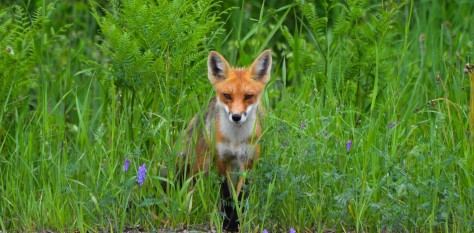
North Herts Council – Wildflowers and bees
http://www.north-herts.gov.uk/wildflower-give-bees-good-buzz
Royston Wildlife – blog by leader of RSPB Hitchin & Letchworth
http://www.roystonwildlife.com/page5.htm
RSPB Hitchin & Letchworth
http://www.rspb.org.uk/groups/hitchinandletchworth
Weston Hills local nature reserve
http://www.north-herts.gov.uk/weston-hills
http://www.north-herts.gov.uk/sites/northherts-cms/files/weston_hills_leaflet-2.pdf
